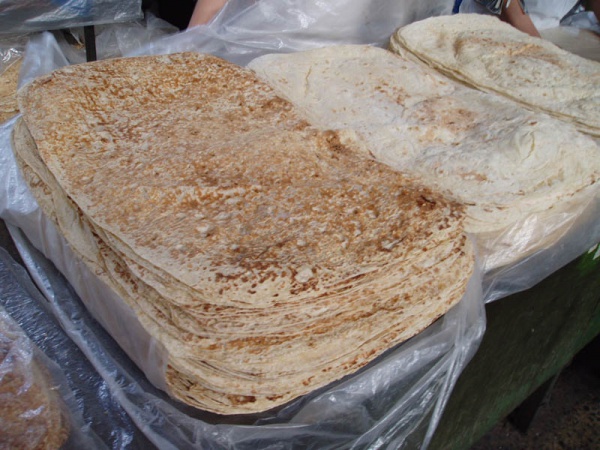Facts About Lavash
Lavash is a soft, thin, unleavened flatbread that is a cherished staple in the cuisines of the South Caucasus, Western Asia, and the areas surrounding the Caspian Sea. It is widely enjoyed in countries such as Armenia, Azerbaijan, Iran, and Turkey. In recognition of its cultural significance, UNESCO designated the preparation and cultural importance of Lavash in Armenian heritage as an Intangible Cultural Heritage of Humanity in 2014. Although it shares some similarities with Turkish yufka, Lavash is distinct, being prepared with yeast dough in Armenian cuisine.
The origins of Lavash are somewhat enigmatic, with Armenia, Turkey, and Iran all claiming to be the birthplace of the bread. Food historians suggest it likely originated in the Middle East, where thin flatbreads were traditionally cooked on terracotta griddles. The word "Lavash" is connected to various Armenian, Turkish, and Kurdish terms that relate to flatness and kneading.
Making Lavash is relatively simple. The basic ingredients are flour, water, yeast, sugar, and salt. If you prefer it unleavened, you can omit the sugar and yeast. Traditionally, Lavash is baked by slapping the dough against the walls of a clay oven, but nowadays, many people use griddles or woks for convenience.
Lavash is highly versatile in the kitchen. It serves well in wrap sandwiches, kebabs, and even in sweet dishes. In Armenian villages, dried Lavash is often stacked for future use and can be rehydrated by sprinkling a bit of water on it. The process of making Lavash has also inspired many Armenian artists, with numerous paintings depicting women baking this traditional bread.

 Georgia
Georgia